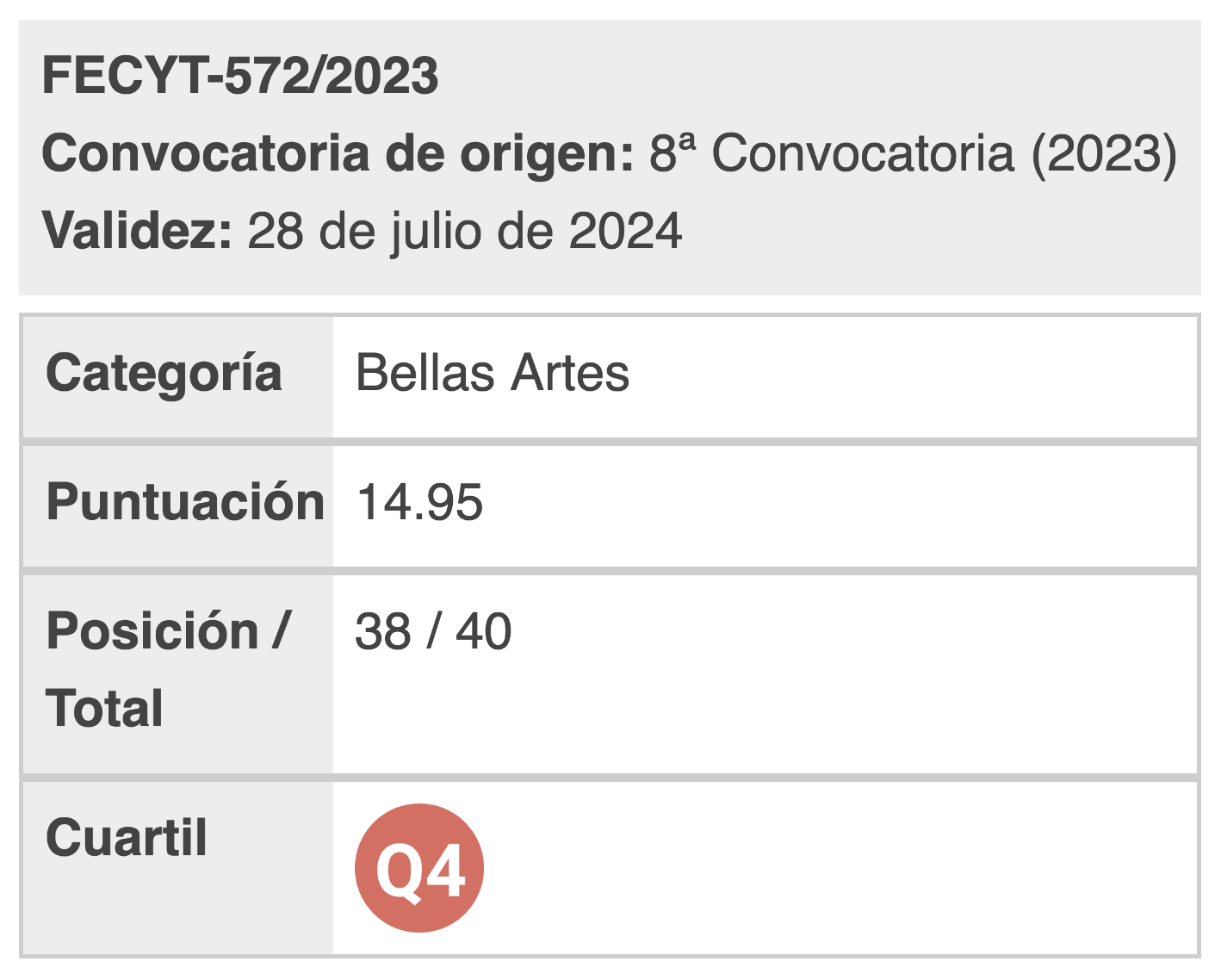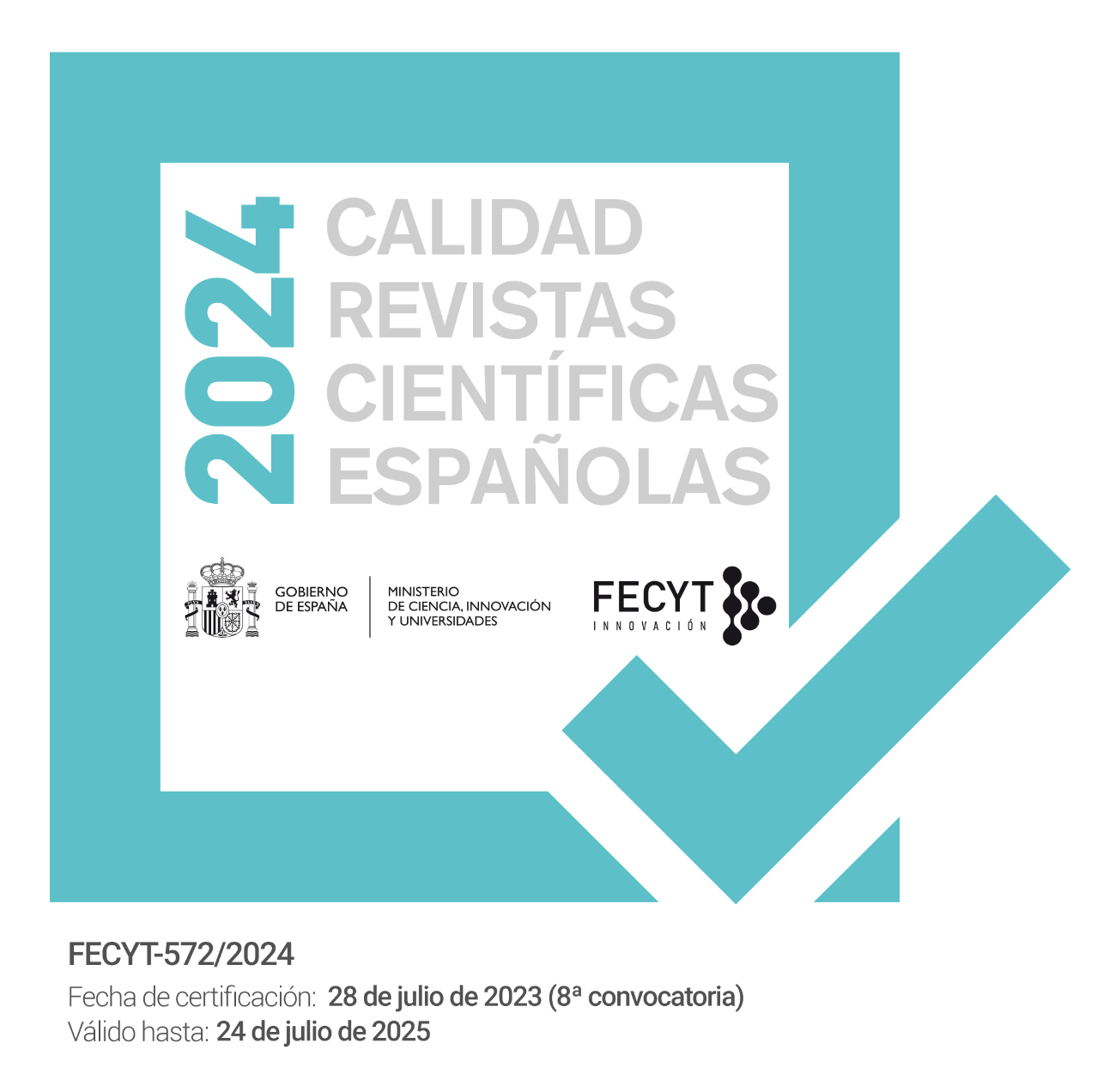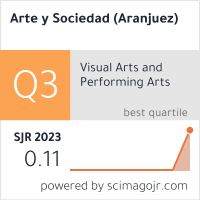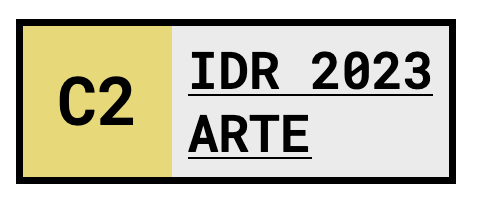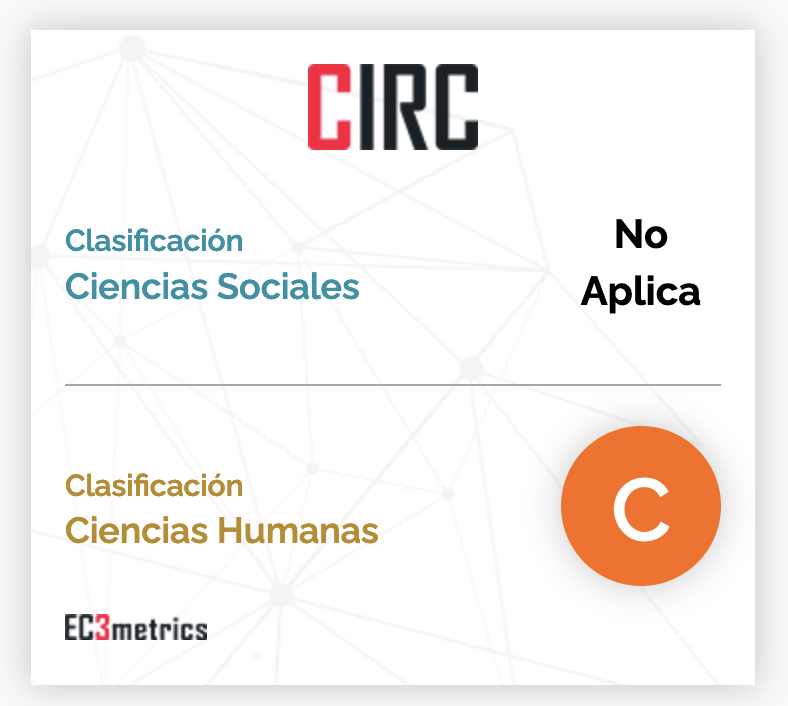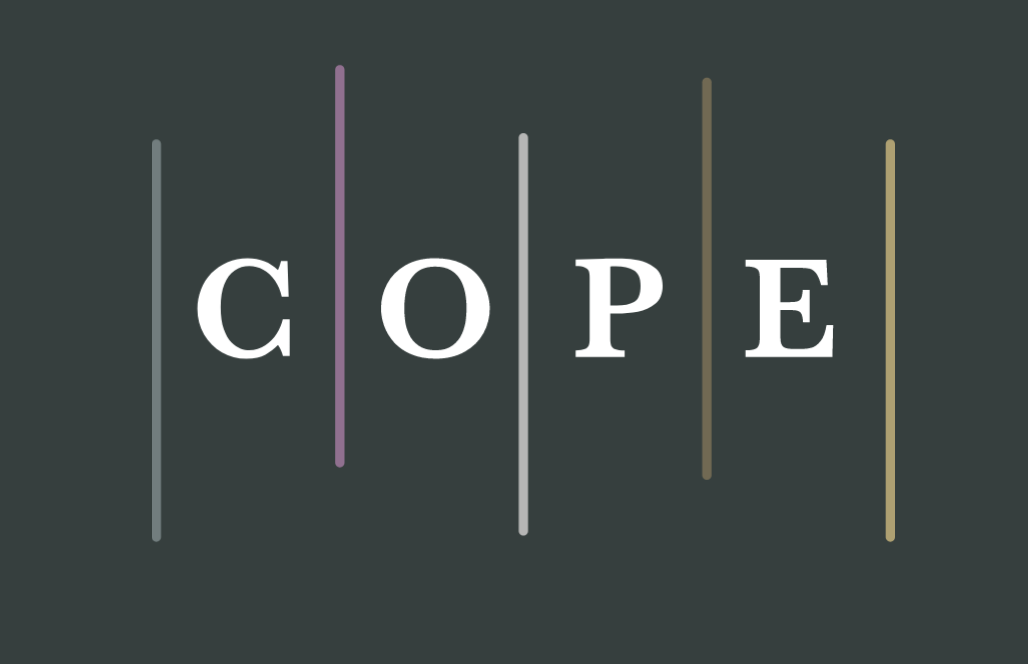Contrinutions of feminist film theory for the analysis of pornography
DOI:
https://doi.org/10.5281/zenodo.7650801Keywords:
Feminist film theory, psychoanalysis,, self-representation, semiotic modelling,, pornographyAbstract
The present article shows some of the most relevant theoretical axes of feminist film theory from the 70's and 80's are available for the analysis of pornographic cultural production, contextualizing the contemporary social debate also as part of an wider itinerary of thought regarding language, representation and its relationship with the construction of human subjectivity.
References
Austin, John L. (1982). Cómo hacer cosas con palabras. Palabras y acciones. Barcelona, Paidós.
Butler, J. (2007). El género en disputa. El feminismo y la subversión de la identidad. Paidós.
(1993). Bodies that matter: On the discursive limits of "sex". Routledge.
Butsch, R. (2001): “American Movie Audiences of the 1930s”. International Labor and Working-Class History, (59), 106-120. http://www.jstor.org/stable/27672712
Curiel, O. y Falquet, J. (ed.) (2012): El patriarcado al desnudo. Tres feministas materialistas. Colette Guillaumin, Paola Talbet, Nicole Claude Mathieu. Brecha Lésbica.
De Lauretis, T. (1987). Alice Doesn't. Feminism, semiotics, cinema. Macmillan Press.
Doane, Mary A. (2003). "Caught and Rebecca: The Inscription of Femininity as Absence" en Penley, Constance (ed.) (1988). Feminism and Film Theory
Egaña Rojas, L. (2017). Atrincheradas en la carne. Lecturas en torno a las prácticas postpornográficas. Ediciones Bellaterra.
Freeman, Jody (1996) "The Feminist Debate over Prostitution Reform", en Weisberg, Kelly (ed.) (1996), Applications of feminist legal theory to women's lives. Sex, violence, work and reproduction. Temple University Press.
Haug, K. (1997). Sólo para tus ojos: el factor feminista en relación a las artes visuales. Erreakzioa-reacción. Arteleku. Diputación Foral de Guipuzkoa.
Johnston, C.(1973). "Women's Cinema as Counter-Cinema" en Johnston, Claire (ed.), Notes on Women's Cinema, London: Society for Education in Film and Television, reprinted in: Sue Thornham (ed.), Feminist Film Theory. A Reader, Edinburgh University Press 1999, pp. 31–40
Jones, A. (1995) “Feminist Heresies: ‘Cunt Art’ and the Female Body in Representation”, en Jorge Luis Marzo (ed), Herejias/Heresies: Crítica de los Mecanismos, Centro Atlántico de Arte Moderno, p.633.
Lacan, J. (1981). El Seminario. Libro I: Los escritos técnicos de Freud. (1953-54). Paidós.
Linker, K. (2001). "Representación y sexualidad" en VV. AA (2001) Arte después de la modernidad. Nuevos planteamientos en torno a la representación. Brian Wallis (Ed) Akal / Arte Contemporáneo.
Lippard, L. (1976). From the center: feminist essays on women's art. Dutton.
Metz, C. (1990). Film Languaje. A Semiotics of the cinema. University of Chicago Press.
(1975): "The Imaginary Signifier", Screen, 16(2),14–76.
Mulvey, L. (2001). “Placer visual y cine narrativo” en VV. AA (2001) Arte después de la modernidad. Nuevos planteamientos en torno a la representación. Brian Wallis (Ed) Akal / Arte Contemporáneo.
Rangone, L. (2014). Consideraciones acerca del psicoanálisis en los EE. UU.. El caso de Jeffrey Masson, Revista Pilquen, Sección Psicopedagogía, 11.
Rose, J. (1986). Sexuality in the field of vision. Verso.
Stacey, J. (1989). Desperately Seeking Difference, Screen, 28(1), 48–61. https://doi.org/10.1093/screen/28.1.48
Trujillo, G. (2008). Deseo y resistencia. Treinta años de movilización lesbiana en el Estado Español. Egales.
Trujillo, G y Expósito, M. (2004). Entrevista a Fefa Vila: LSD, DESACUERDOS 1. Sobre arte, políticas y esfera pública en el Estado español. Arteleku, MACBA, UNIA.
Vilaplana, V. (2008): Identidades feministas, Cultura visual y narrativas. ASPARKÍA, Revista de Investigación Feminista, 19, 73-88.
Weisberg, K. (ed.) (1996). Applications of feminist legal theory to women's lives. Sex, violence, work and reproduction. Temple University Press.
Wittig, M. (2006). El Pensamiento heterosexual y otros ensayos. Editorial Egales.

Published
How to Cite
Issue
Section
License

This work is licensed under a Creative Commons Attribution 4.0 International License.
You are free to:
Share — copy and redistribute the material in any medium or format.
Adapt — remix, transform, and build on the material for any purpose, including commercial.
Attribution — You must properly acknowledge the authorship, provide a link to the license, and indicate if any changes have been made.
You may do so in any reasonable manner, but not in any way that suggests that you endorse or receive any endorsement by the licensor for your use.
No additional restrictions — You may not apply legal terms or technological measures that legally restrict you from doing what the license allows.



